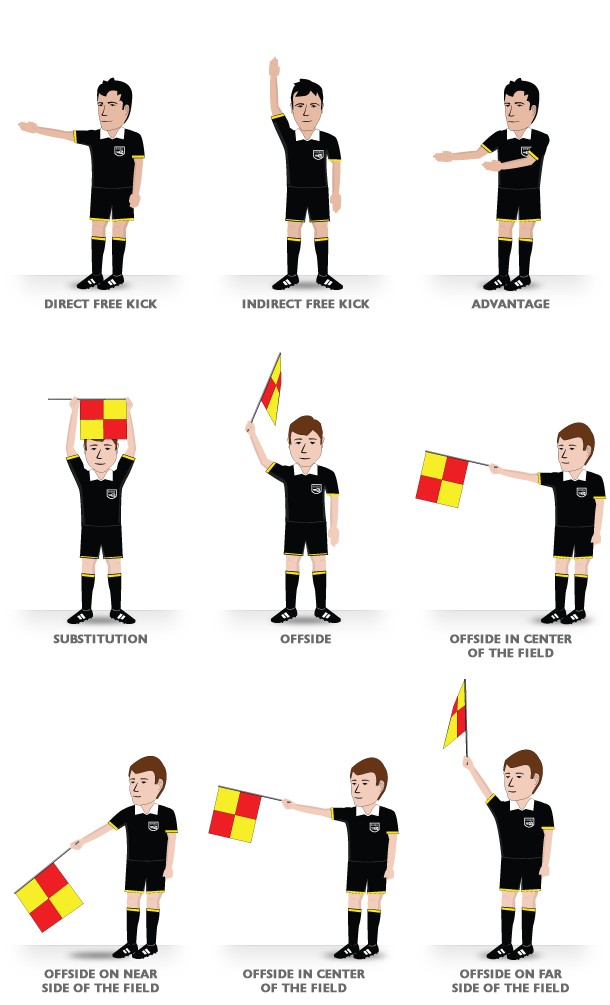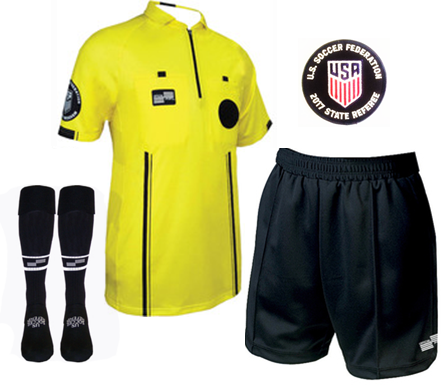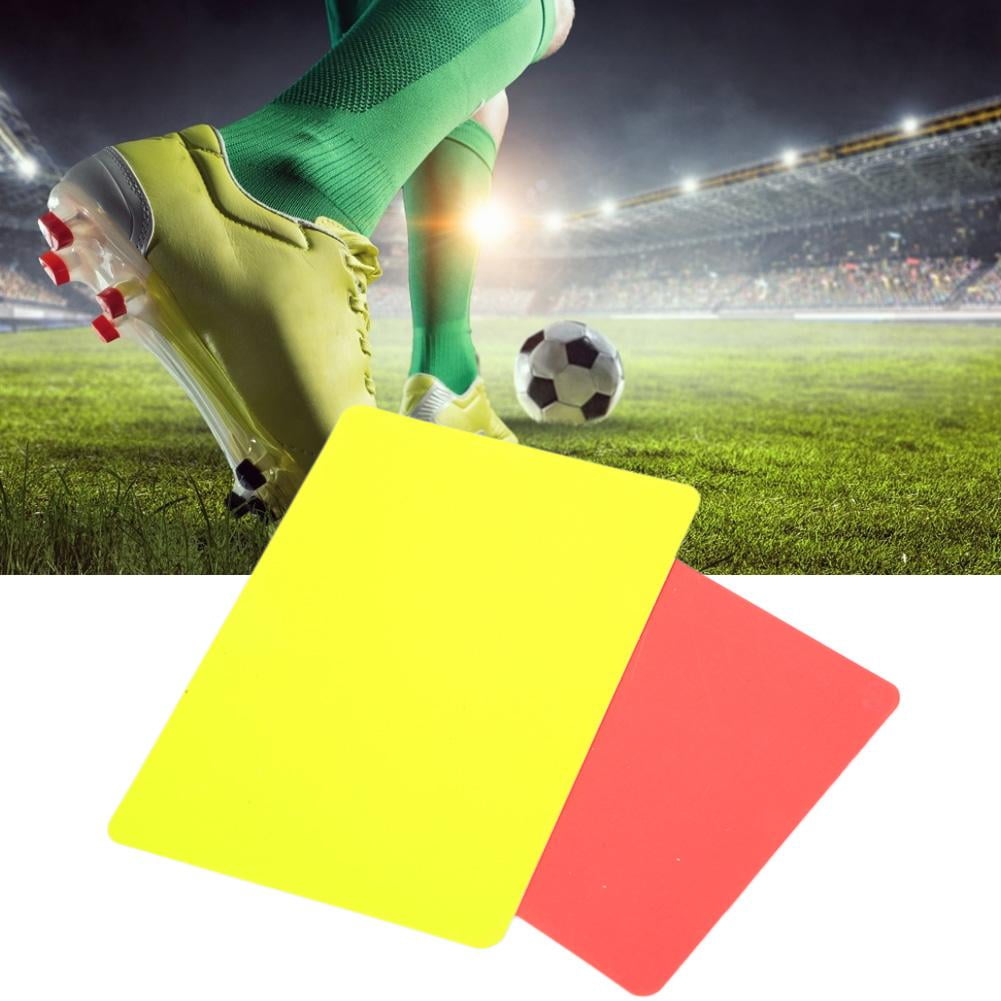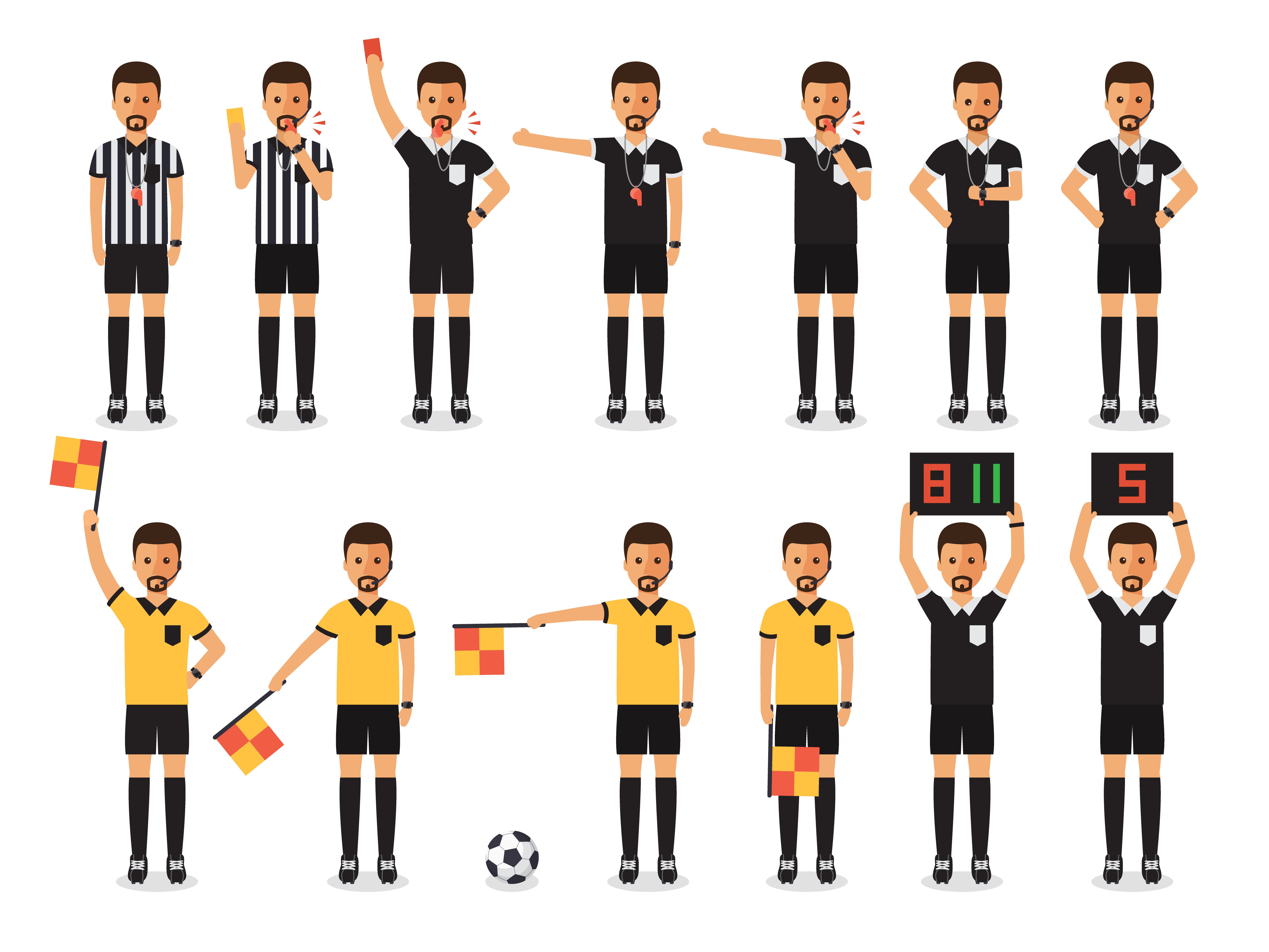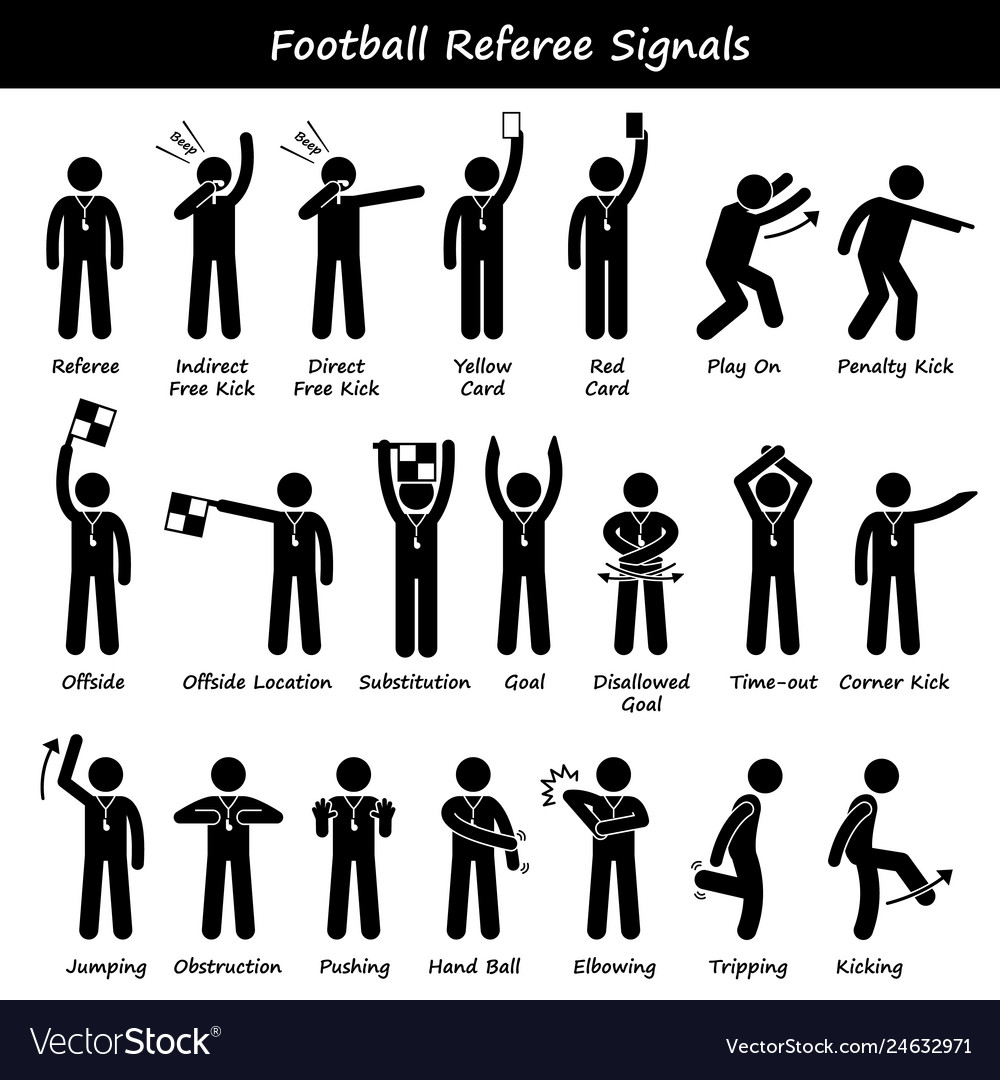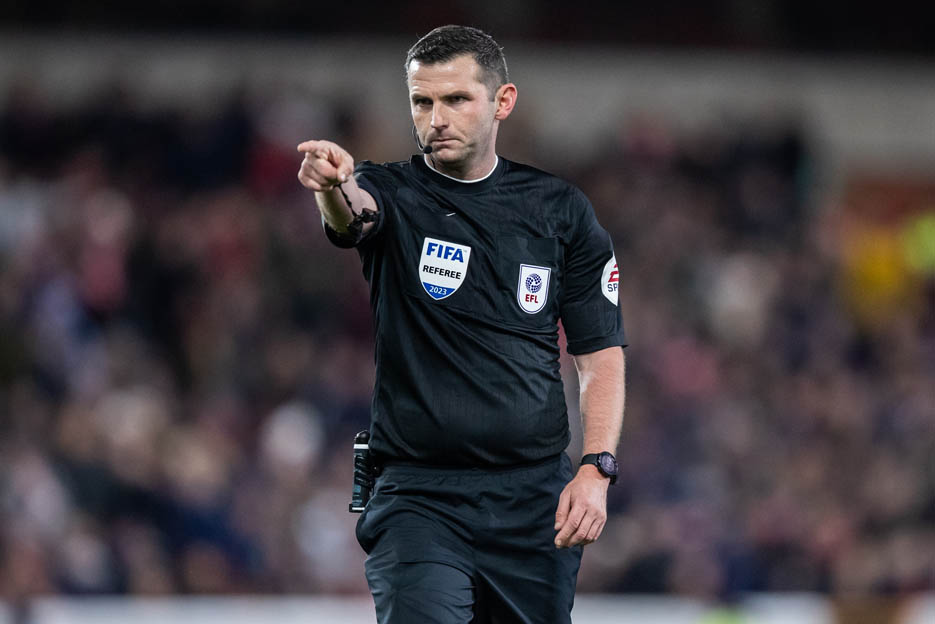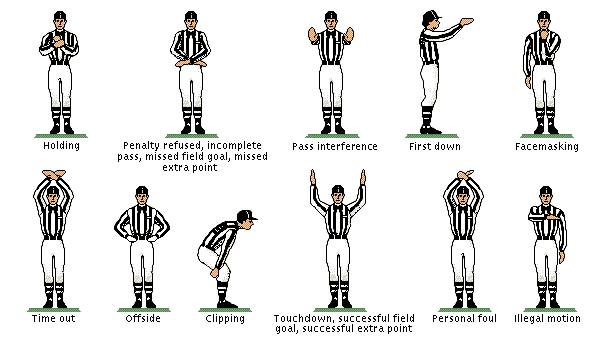Soccer referees play a crucial role in ensuring fair play and maintaining order on the field. Their uniforms, including the colors of their shirts, are designed to communicate important messages to players, coaches, and spectators. Here’s a comprehensive guide to the 10 most common soccer referee colors and their meanings:
1. Black
Meaning: The most common color for soccer referees, black signifies authority and impartiality. It allows referees to blend into the background and avoid distracting players from the game.

Design Variations: Black referee shirts are typically plain, with minimal branding or embellishments. Some referees may wear black shorts or pants to complete their uniform.
2. Yellow

Meaning: Yellow cards are used to caution players for minor offenses, such as dissent or time-wasting. The bright yellow color is highly visible and serves as a warning to players to change their behavior.
Design Variations: Yellow cards are typically rectangular or square-shaped, with the word "Caution" printed on them. Some cards may also feature a whistle or other refereeing symbols.
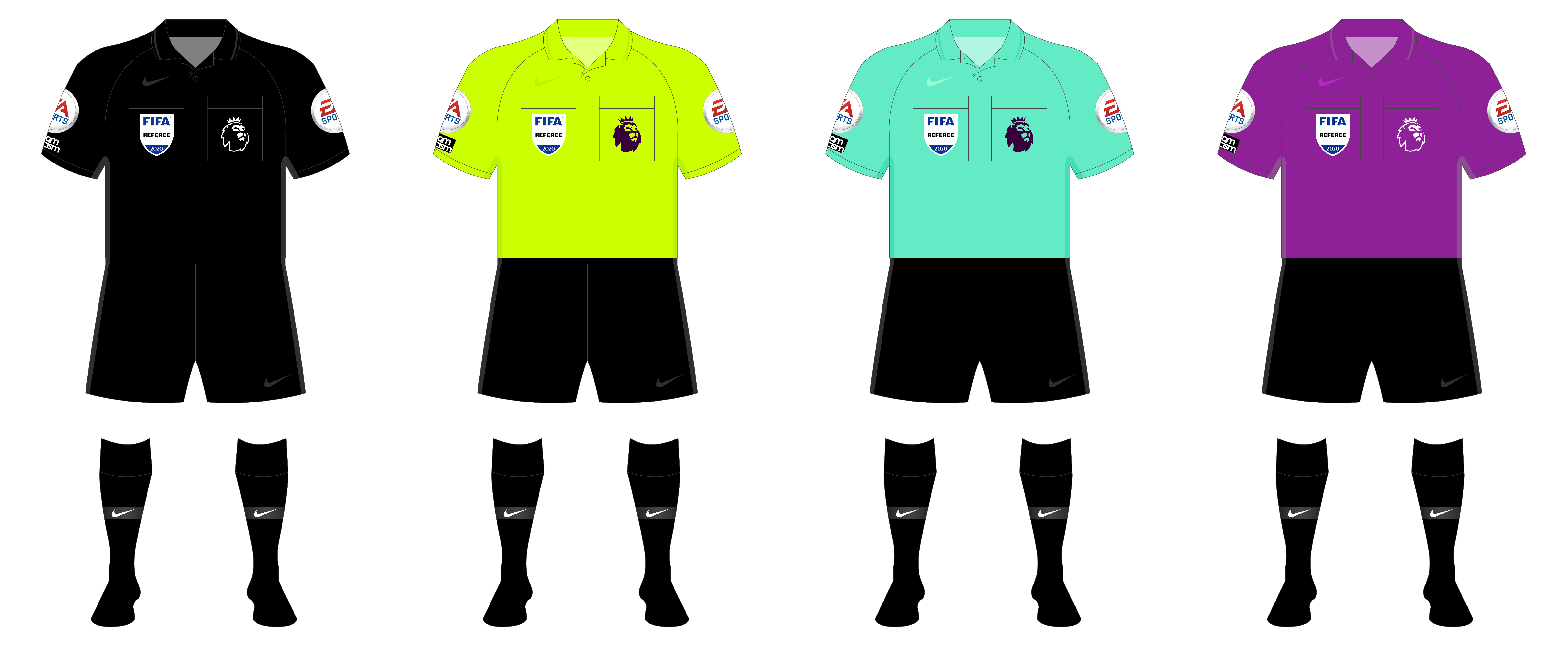
3. Red
Meaning: Red cards are used to dismiss players for serious offenses, such as violent conduct or foul play. The intense red color symbolizes the severity of the offense and the player’s removal from the game.
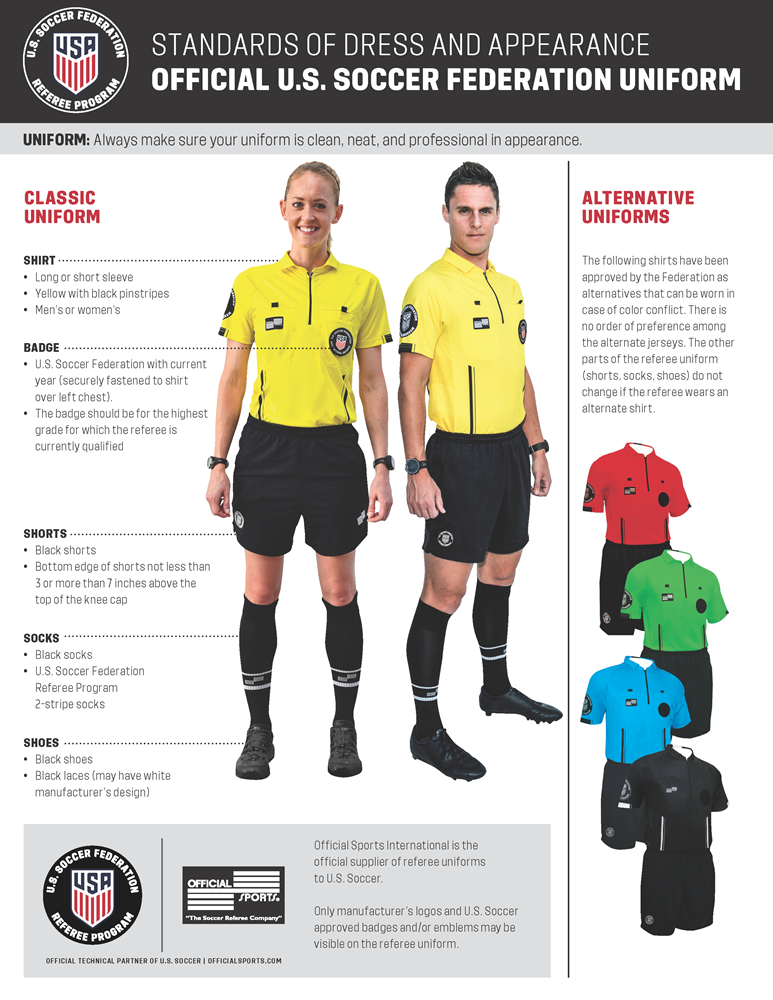
Design Variations: Red cards are typically rectangular or square-shaped, with the word "Send Off" printed on them. Some cards may also feature a whistle or other refereeing symbols.
4. Blue

Meaning: Blue cards are used in some leagues to indicate a temporary suspension for players who commit certain offenses, such as excessive dissent or unsporting behavior.
Design Variations: Blue cards are typically rectangular or square-shaped, with the word "Temporary Suspension" printed on them. Some cards may also feature a whistle or other refereeing symbols.

5. Green
Meaning: Green cards are used in some leagues to reward players for fair play and sportsmanship. The green color symbolizes positive behavior and encourages players to maintain a high level of conduct.

Design Variations: Green cards are typically rectangular or square-shaped, with the word "Fair Play" printed on them. Some cards may also feature a whistle or other refereeing symbols.
6. Purple

Meaning: Purple cards are used in some leagues to indicate a serious offense that is not as severe as a red card. The purple color signifies a warning that the player’s behavior is unacceptable and could lead to further punishment.
Design Variations: Purple cards are typically rectangular or square-shaped, with the word "Serious Offense" printed on them. Some cards may also feature a whistle or other refereeing symbols.

7. Orange
Meaning: Orange cards are used in some leagues to indicate a player has been cautioned for simulation or diving. The orange color symbolizes the deceptive nature of the offense and serves as a warning to players to avoid such behavior.

Design Variations: Orange cards are typically rectangular or square-shaped, with the word "Simulation" or "Diving" printed on them. Some cards may also feature a whistle or other refereeing symbols.
8. White
Meaning: White cards are used in some leagues to indicate a player has been cautioned for unsportsmanlike conduct. The white color symbolizes the player’s lack of respect for the game and serves as a warning to improve their behavior.
Design Variations: White cards are typically rectangular or square-shaped, with the word "Unsportsmanlike Conduct" printed on them. Some cards may also feature a whistle or other refereeing symbols.
9. Pink
Meaning: Pink cards are used in some leagues to indicate a player has been cautioned for a minor offense, such as delaying the restart of play. The pink color symbolizes the player’s lack of attention and serves as a warning to be more focused.
Design Variations: Pink cards are typically rectangular or square-shaped, with the word "Delaying the Restart" printed on them. Some cards may also feature a whistle or other refereeing symbols.
10. Gray
Meaning: Gray cards are used in some leagues to indicate a player has been cautioned for a technical offense, such as entering the field without permission. The gray color symbolizes the player’s lack of understanding of the rules and serves as a warning to be more aware.
Design Variations: Gray cards are typically rectangular or square-shaped, with the word "Technical Offense" printed on them. Some cards may also feature a whistle or other refereeing symbols.
Other ideas you might like
